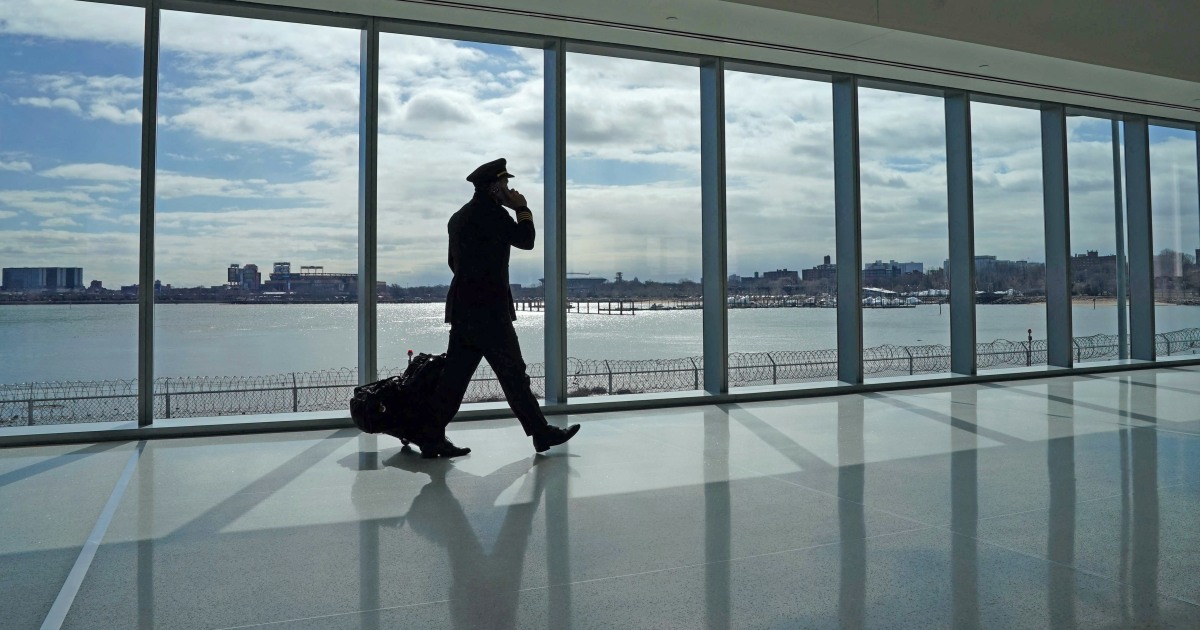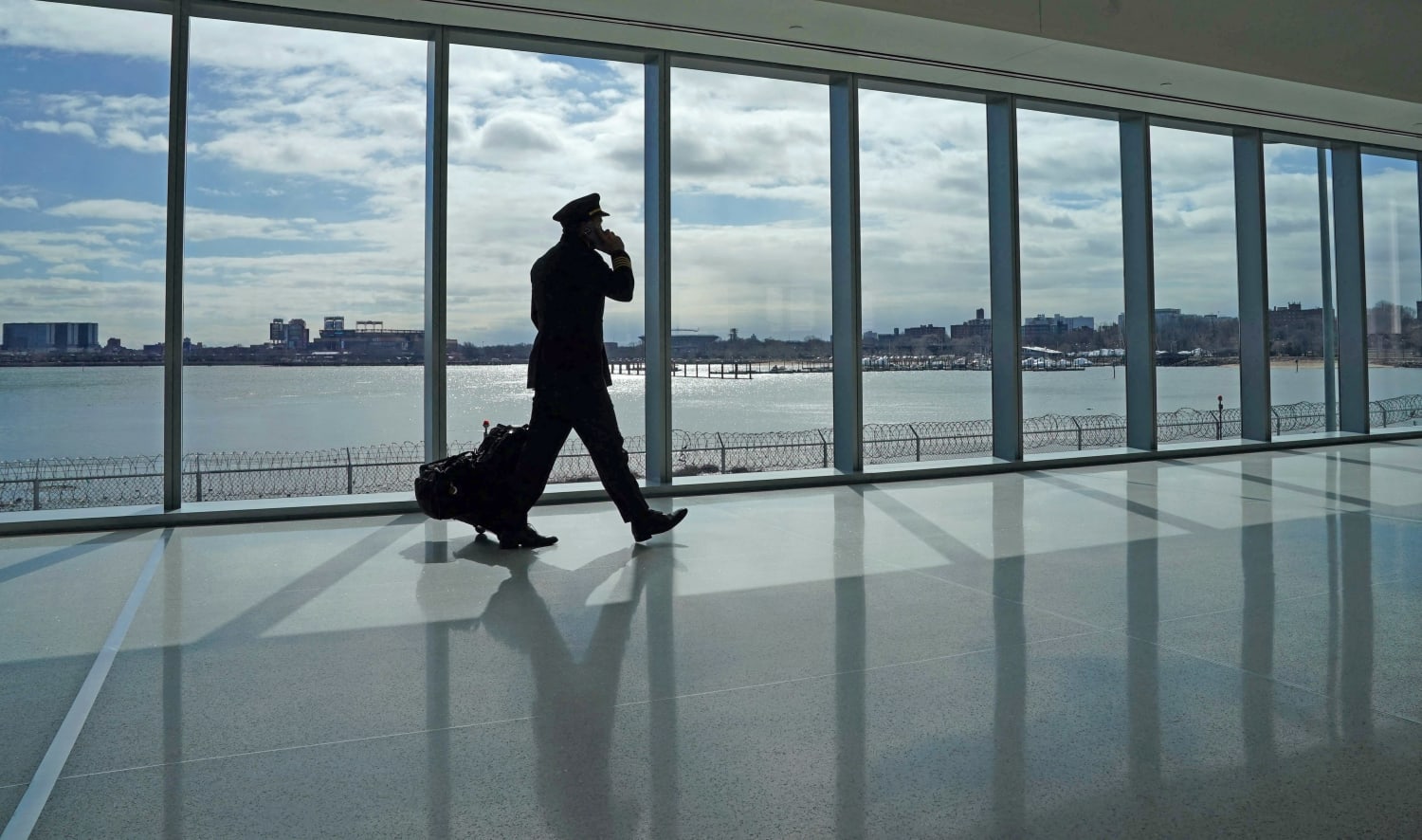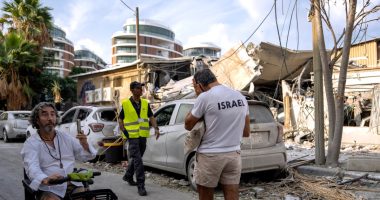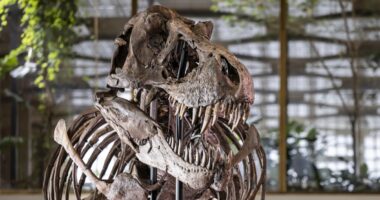
Downsized commercial airline pilots are turning to medical evacuation work, truck driving and even warehouse jobs to feed their families during the cataclysmic drop in air travel over the past year.
The $1.9 trillion coronavirus relief package passed Wednesday contained $15 billion in payroll support for airlines, extending that program until the end of September. That’s on top of the $50 billion provided to the industry in previous stimulus packages.
It’s a welcome relief for a beleaguered industry that saw passenger totals drop 60 percent during 2020, according to recent figures from the International Civil Aviation Organization, a United Nations agency.
But it’s too little, too late for many pilots who were already placed on furlough, nudged out of the cockpit and forced to get creative with their income.
Pilots interviewed by NBC News said they have been holding on, trying to make ends meet in whatever way they can, while holding out hope that vaccines, declining infection rates and pent-up consumer demand will usher in a brighter tomorrow, eventually.
Joshua Walden, 32, of Phoenix, says he was one of the lucky ones. His employer, Compass Airlines, a regional carrier for several larger airlines, completely shut down in March after losing its major contract.
He immediately began “shotgunning” résumés to friends and family, which led to one landing on the desk of a chief pilot who was hiring. Within a week, Walden was medevacing Covid-19 patients out of Arizona’s Show Low Regional Airport, near several Native American reservations.
He took a pay cut. He also had three separate Covid-exposure events, took 23 Covid-19 tests and two of his roommates got the coronavirus. He did not. But the gratification he got from pitching in was worth it, Walden said.
“I could choose to be a victim of my circumstance — or get out there and go fly medevac,” he said.
Pilots who got their notice later in the pandemic fared worse, hitting the job market en masse, with fierce competition for the best jobs. The preferred gigs involved flying, from cargo planes to flight instruction to charter jets.
If that failed, pilots started to look for other work that involved their main skill set: steering a piece of heavy machinery around. Some ended up in trucking, mining or rail transportation.
Others have gotten by however they can.
“I’ve been burning through savings and using SNAP and partial unemployment to keep a roof over my family’s head and food on the table,” David Venci, a pilot for a low-cost carrier, said in an email. “The company has paid us minimum training pay.”
Further down the experience list, pilots took whatever jobs they could.
“The [flight] school I used to work for closed down, and other schools are filled up with airline pilots who were furloughed, which gives newer people like myself slim chances,” said a 26-year-old former flight instructor and father of one, who spoke on the condition of anonymity to preserve his job prospects.
“I work at Lumber Liquidators now as an assistant manager,” he said. “I can’t afford to sit and wait for a flying job to come around, so I chose this to pay the bills in the meantime.”
Airlines say they’re doing what they can and are reliant on vaccination efforts, government support and guidance as they make recovery efforts.
“We are grateful to governments — including the U.S. — that have stepped up to help protect workers’ jobs with payroll support and other measures,” Perry Flint, spokesperson for IATA, an airline trade association, said in an email. “Now, as testing and vaccination programs gather pace, we need governments to build and share their plans, benchmarks and timetables for reopening borders to travel.”
While the airline industry is used to weathering ups and downs, aviation still comes with a certain cosmopolitan mystique. You get to ride the skies and see new places. But time away from home, dealing with management and regulations, and high upfront out-of-pocket training costs can all take a toll. As does the uncertainty that you might get furloughed during the next downturn.
So until effective and widespread vaccinations among the traveling public is achieved, aviation will likely continue to suffer.
“The solution is social isolation. And that’s the antithesis of aviation,” said Adam Pilarski, senior vice president at Avitas, an aviation consultancy.
He predicts the industry will return to its 2019 levels by 2024. But even then, pilots will face significant headwinds. Business travel, the primary driver of profits for airlines, may be forever dented by the more widespread use of video conferencing and other technologies popularized during the pandemic. And pressure will only grow for expanding the use of automation.
“If we fly the same number of people in early 2024 as we did in 2018, how many additional pilots do you need?” he said. “The answer is not that many. As negative as it sounds, we can’t pretend that it’s different.”
Source: | This article originally belongs to Nbcnews.com










